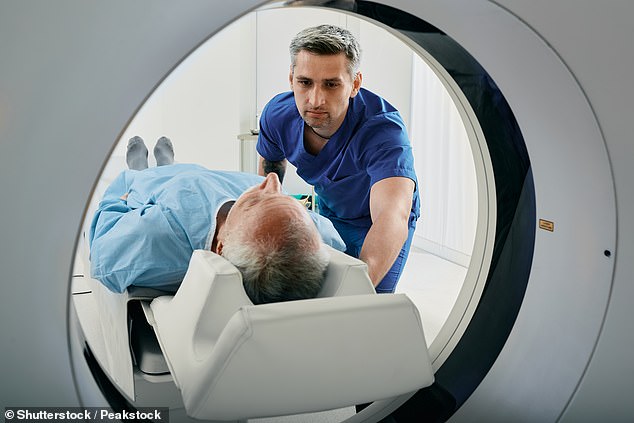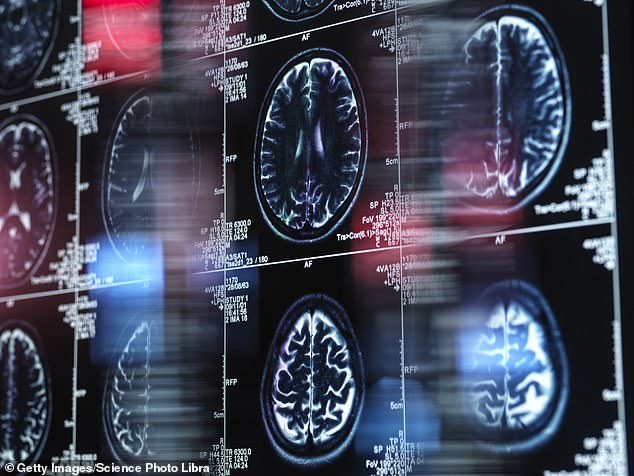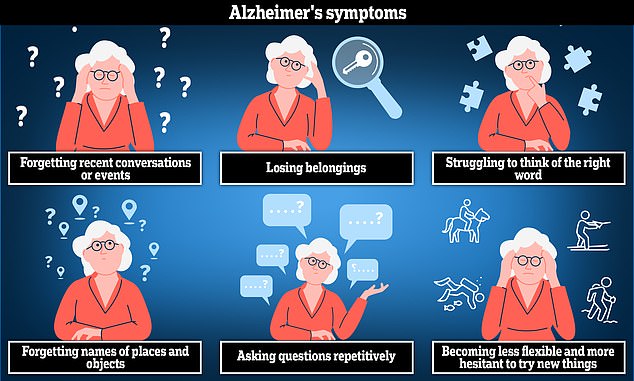Scientists and researchers are set to sift through hundreds of thousands of brain scans to create a software tool they hope can predict a person’s risk of dementia.
A group of 20 experts will analyze data from CT scans and MRIs using artificial intelligence along with information contained in medical records to find patterns that may indicate the likelihood of developing the disease.
The team aims to create a digital tool that radiologists can use when scanning patients to determine their risk of dementia and diagnose early stages of related diseases.
They believe that isolating a group of patients at high risk of dementia will allow the development of more precise treatments for various types of the disease, including Alzheimer’s.
The team is made up of data scientists and clinical researchers from the Universities of Edinburgh and Dundee working as part of a global research collaboration called NEURii, which was launched a year ago.
A group of 20 experts will analyze data from CT scans and MRIs using artificial intelligence along with information contained in medical records to find patterns that could indicate the likelihood of developing the disease (file photo)

Researchers aim to create a digital tool that radiologists can use when scanning patients to determine their risk of dementia and diagnose the early stages of related diseases (file photo)

They estimate they will analyse up to 1.6 million images during the project, which they are using with the approval of the Public Benefit and Privacy Panel for Health and Social Care, a part of NHS Scotland (file photo)
They estimate they will analyse up to 1.6 million images during the project, which they are using with the approval of the Public Benefit and Privacy Panel for Health and Social Care, part of NHS Scotland.
The data will be held securely at the Scottish National Safe Haven, commissioned by Public Health Scotland to provide a secure platform for the use of NHS electronic data for research.
Professor Will Whiteley from the University of Edinburgh’s Centre for Clinical Brain Sciences, who is leading the project, said: ‘Better use of simple brain scans to predict dementia will lead to a better understanding of dementia and potentially earlier diagnosis of its causes, which in turn will facilitate the development of new treatments.
“Currently, treatments for dementia are expensive, scarce and of uncertain value. If we can collect data from a large group of people at high risk, who then consent to participate in trials, we can really start to develop new treatments.”

Alzheimer’s disease is the most common cause of dementia. The disease can cause anxiety, confusion and short-term memory loss.
Professor Emanuele Trucco, an AI and medical imaging expert at the University of Dundee, said: “This new dataset will be extremely useful for neurological researchers.
“If we achieve a successful proof of concept, we will have a suite of software tools that integrate seamlessly and discreetly with routine radiology operations that aid in clinical decision making and detect dementia risk as early as possible.”
Former journalist Willy Gilder, 71, from Edinburgh, was diagnosed with Alzheimer’s three years ago. He welcomed the project, saying: “We know that 45 per cent of dementia cases are preventable, and The Lancet has published a list of risk factors including smoking, obesity and air pollution.
“If you know you’re at risk, you can make changes to improve your brain health. Because I was diagnosed early, I know that staying mentally active, for example, will help me.”
‘New treatments in development for Alzheimer’s are likely to work in the early stages of the disease, so early diagnosis is important.
‘With long waiting lists for diagnosis, as well as relatively low funding for dementia research in general compared to cancer, a project like this to predict a person’s risk is extremely important.’


